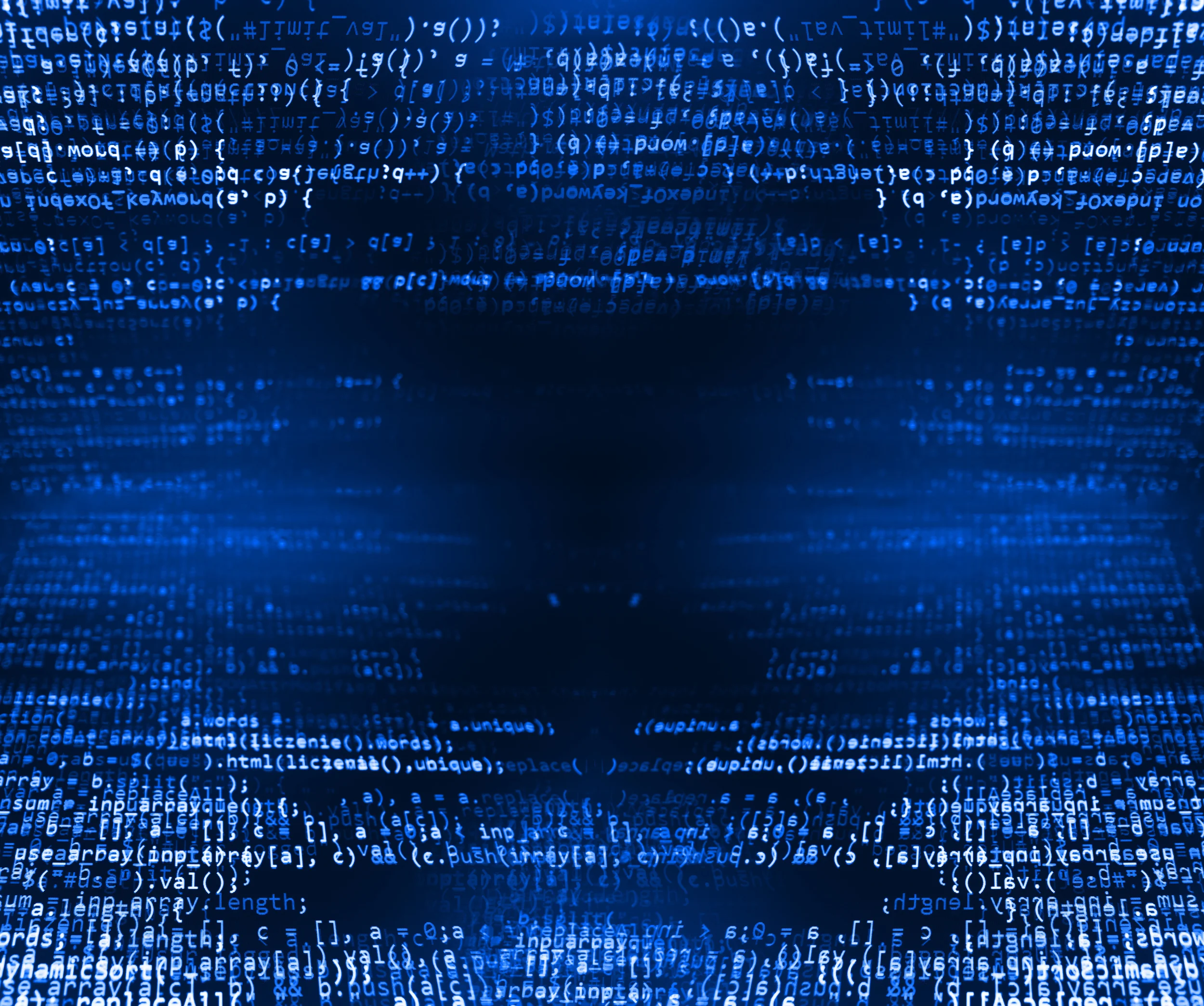Today the Federal Circuit ruled in Enfish, LLC v. Microsoft Corp. (Case No. 15-1244) that claims directed to a self-referential data table are patent-eligible under 35 U.SC. § 101. The decision was before Judges Moore, Taranto and Hughes. The patent under consideration was U.S. Patent 6,151,604.
Let's start with the main claim under consideration, claim 17:
A data storage and retrieval system for a computer memory, comprising:
means for configuring said memory according to a logical table, said logical table including:
a plurality of logical rows, each said logical row including an object identification number (OID) to identify each said logical row, each said logical row corresponding to a record of information;
a plurality of logical columns intersecting said plurality of logical rows to define a plurality of logical cells, each said logical column including an OID to identify said logical column; and
means for indexing data stored in said table.
Essentially there's a memory configured as a logical table, rows and columns in the table having an object identification number, and indexing of data stored in the logical table. And at first blush one might conclude that this is textbook section 101 ineligible subject matter, yet the decision confirms that
the plain focus of the claims is on an improvement to computer functionality itself, not on economic or other tasks for which a computer is used in its ordinary capacity.
That's what makes this decision a potential game changer. An improvement to computer functionality implemented as software does not necessarily render that functionality ineligible subject matter under section 101.
There's a fair amount of other importance guidance in this ruling. First, the Federal Circuit explains that the Mayo/Alice inquiry
plainly contemplates that the first step of the inquiry is a meaningful one, i.e., that a substantial class of claims are not directed to a patent-ineligible concept, because essentially every routinely patent-eligible claim involving physical products and actions involves a law of nature and/or natural phenomenon - after all, they take place in the physical world....
Rather, the "directed to" inquiry applies a stage-one filter to claims, considered in light of the specification, based on whether "their character as a whole is directed to excluded subject matter."
Step one of the two-stage Mayo/Alice inquiry is not only important, but should carefully consider whether the subject matter represents an improvement. And looking at section 101, the statute says just that:
Inventions patentable. Whoever invents or discovers any new and useful process, machine, manufacture, or composition of matter, or any new and useful improvement thereof, may obtain a patent therefor, subject to the conditions and requirements of this title.
The decision further explains how Alice did not categorically declare software-based inventions patent ineligible:
We do not read Alice to broadly hold that all improvements in computer-related technology are inherently abstract and, therefore, must be considered at step two. Indeed, some improvements in computer-related technology when appropriately claimed are undoubtedly not abstract, such as a chip architecture, an LED display, and the like. Nor do we think that claims directed to software, as opposed to hardware, are inherently abstract and therefore only properly analyzed at the second step of the Alice analysis. Software can make non-abstract improvements to computer technology just as hardware improvements can, and sometimes the improvements can be accomplished through either route. We thus see no reason to conclude that all claims directed to improvements in computer-related technology, including those directed to software, are abstract and necessarily analyzed at the second step of Alice, nor do we believe that Alice so directs. Therefore, we find it relevant to ask whether the claims are directed to an improvement to computer functionality versus being directed to an abstract idea, even at the first step of the Alice analysis.
Under this approach, when an improvement in functionality is recited in the claim, and that improvement is a grounded in a software implementation, the claim is not automatically categorized as directed to an abstract idea.
In this case, however, the plain focus of the claims is on an improvement to computer functionality itself, not on economic or other tasks for which a computer is used in its ordinary capacity.
So long as there is some improved functionality, i.e., the software yields a functional improvement in the code, the claim would escape further section 101 scrutiny.
the first step in the Alice inquiry in this case asks whether the focus of the claims is on the specific asserted improvement in computer capabilities (i.e., the self-referential table for a computer database) or, instead, on a process that qualifies as an “abstract idea” for which computers are invoked merely as a tool ....

